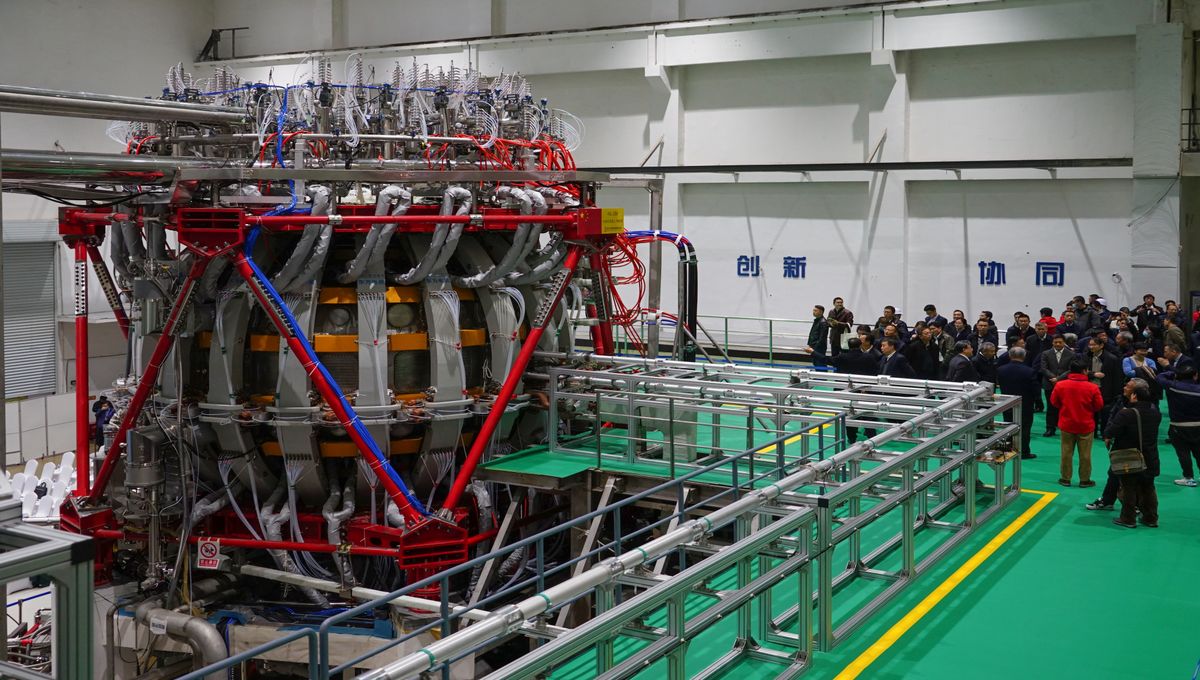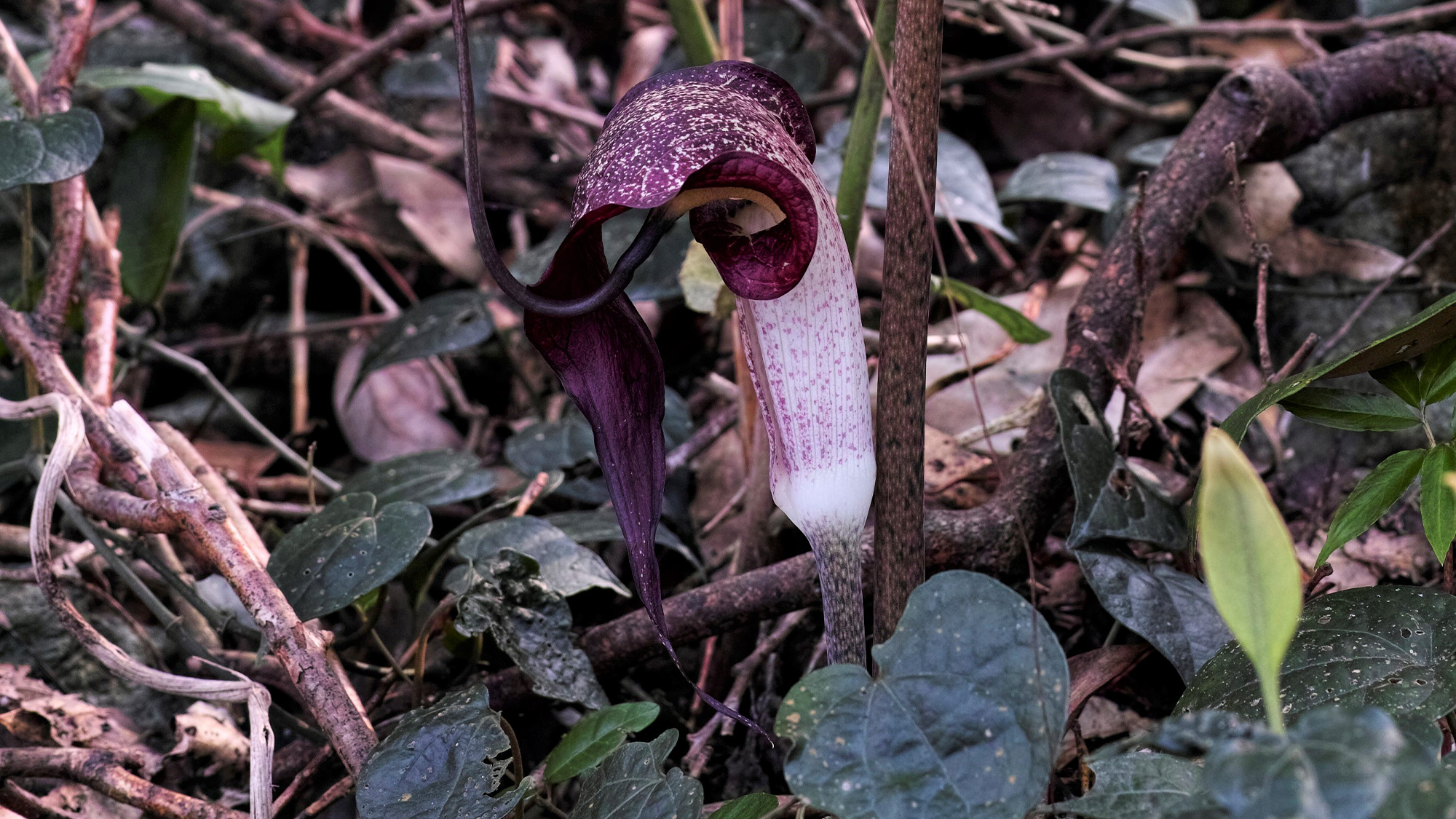Using two Hawaiʻi telescopes – the University of Hawaiʻi Institute for Astronomy Pan-STARRS on Haleakalā, Maui and W. M. Keck Observatory on Maunakea, Hawaiʻi Island, astronomers witnessed a dying star reach its explosive end. This is the first time the dramatic end to a red supergiant’s life has been imaged in real-time.
The team observed red supergiant during its last 130 days leading to its deadly detonation.
Pan-STARRS first detected the doomed massive star in the Summer of 2020. The telescope detected the star while radiating light. A few months later, in the Fall of 2020, it detected a supernova 2020tlf, or SN 2020tlf.
Later, the team could capture the powerful flash using Keck Observatory’s Low-Resolution Imaging Spectrometer (LRIS). They also gathered the very first spectrum of the energetic explosion. The data clearly shows the presence of dense circumstellar material surrounding the star during the explosion. It was the same gas that Pan-STARRS had imaged the red supergiant star violently ejecting earlier in the summer.
Wynn Jacobson-Galán, an NSF Graduate Research Fellow at UC Berkeley and lead author of the study, said, “This is a breakthrough in our understanding of what massive stars do moments before they die. In an ordinary Type II supernova, the direct detection of pre-supernova activity in a red supergiant star has never been observed before. For the first time, we watched a red supergiant star explode!”
Senior author Raffaella Margutti, an associate professor of astronomy at UC Berkeley, said, “Keck was instrumental in providing direct evidence of a massive star transitioning into a supernova explosion. It’s like watching a ticking time bomb. We’ve never confirmed such violent activity in a dying red supergiant star where we see it produce such a luminous emission, then collapse and combust, until now.”
The team continued monitoring the star after the explosion. They determined that SN 2020tlf’s progenitor red supergiant star was ten times more massive than the Sun. The progenitor was located in the NGC 5731 galaxy about 120 million light-years away as seen from Earth.
Scientists noted, “This novel detection of bright radiation coming from a red supergiant in the final year before exploding suggests that at least some of these stars must undergo significant changes in their internal structure that then results in the tumultuous ejection of gas moments before they collapse.”
The team’s discovery could lead to transient surveys like YSE to hunt for luminous radiation coming from red supergiants. It also gathers more evidence that such behavior could signal the imminent supernova demise of a massive star.
Jacobson-Galán said, “I am most excited by all of the new ‘unknowns’ that this discovery has unlocked. Detecting more events like SN 2020tlf will dramatically impact how we define the final months of stellar evolution, uniting observers and theorists in the quest to solve the mystery of how massive stars spend the final moments of their lives.”
Journal Reference:
- W. V. Jacobson-Galán et al. Final Moments. I. Precursor Emission, Envelope Inflation, and Enhanced Mass Loss Preceding the Luminous Type II Supernova 2020tlf. DOI: 10.3847/1538-4357/ac3f3a
Note: This article have been indexed to our site. We do not claim legitimacy, ownership or copyright of any of the content above. To see the article at original source Click Here













![Hunga Tonga Volkan Patlamasının Yarattığı Devasa Şok Dalgası, Tüm Dünya Atmosferini Etkiledi [Video] thumbnail](http://www.webtekno.com/public/site/images/wtlogo.png)